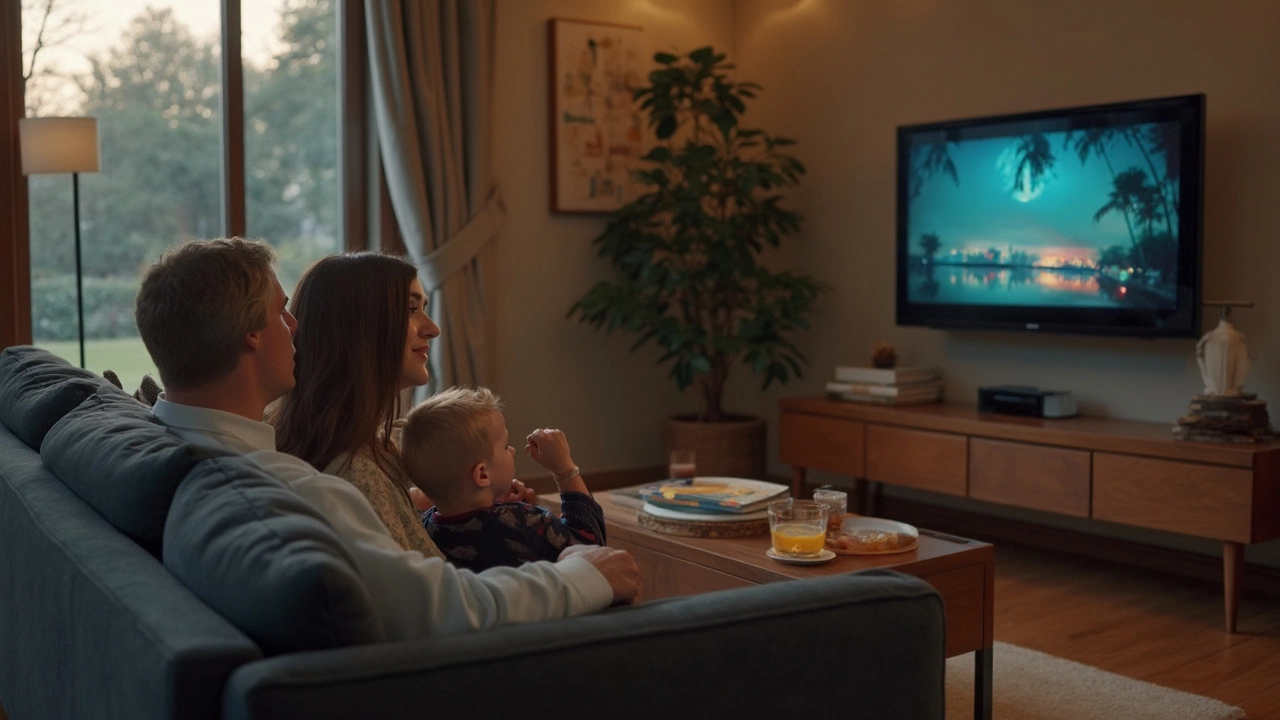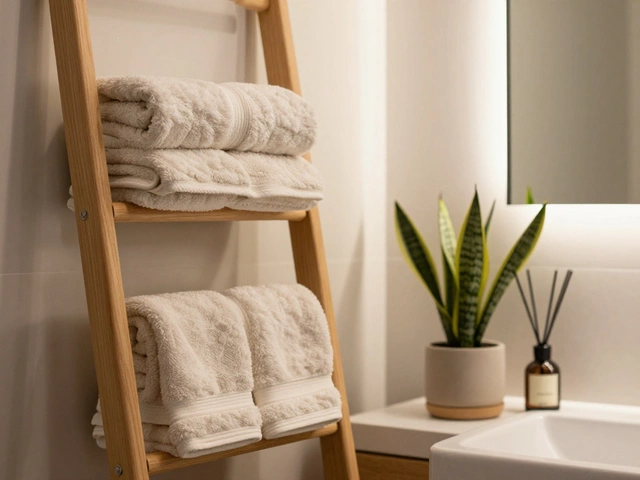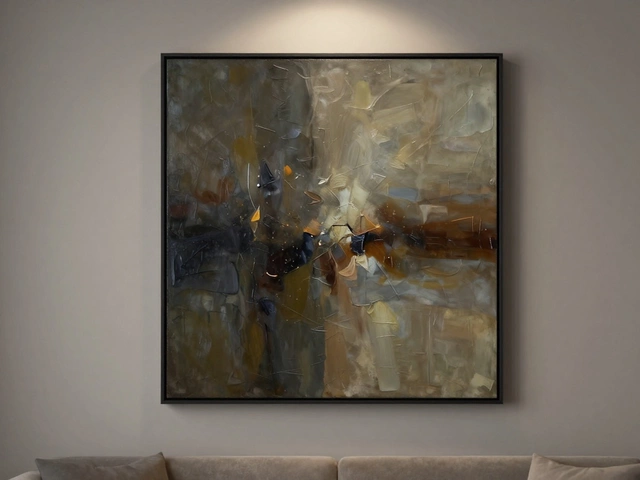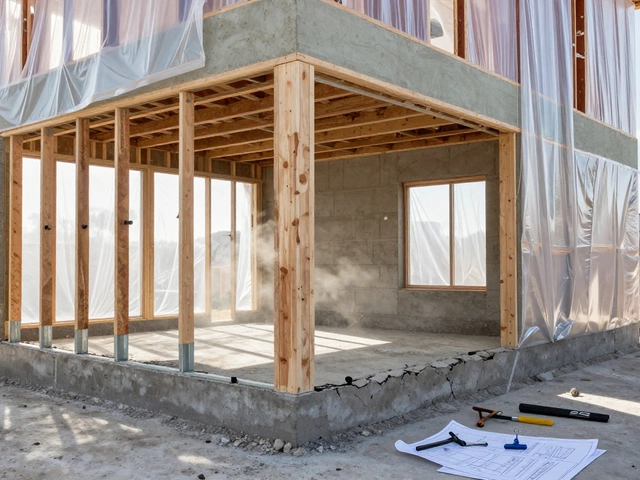Sofa TV Distance – Find Your Ideal Viewing Gap
When planning the Sofa TV distance, the recommended space between a couch and a television for comfortable, strain‑free viewing. Also known as seating distance, it helps you balance picture clarity with eye comfort. Getting this right can turn a regular movie night into a mini‑theater experience.
The first factor you’ll run into is TV size, the diagonal measurement of the screen, usually expressed in inches. Bigger screens need more room, while smaller ones can sit closer. A common rule of thumb says the viewing distance should be about 1.5 to 2.5 times the screen’s diagonal. For a 55‑inch TV, that translates to roughly 7‑10 feet from the sofa.
Why the Right Distance Matters
Choosing the proper optimal viewing distance isn’t just about fitting the screen on the wall; it directly impacts picture quality. Sit too close and you’ll see individual pixels, ruining the immersive feel. Sit too far and you’ll miss detail, especially in 4K content where the resolution shines at closer ranges. The sweet spot lets your eyes absorb the full range of colors and contrast without straining.
Next up is viewing angle, the angle between your line of sight and the TV’s center point. Ideally, the center of the screen should sit at eye level when you’re seated. If the TV is too high or low, you’ll tilt your neck, leading to discomfort over long sessions. Adjusting the TV mount or the sofa height can fix this without moving the whole set‑up.
Room layout also plays a big role. Open‑concept spaces often have multiple seating zones, each with its own ideal distance. Measuring the distance from each main seating spot to the TV helps you decide whether a single large screen works or if you need a slightly smaller display to accommodate varied viewing points.
Acoustic considerations tie into distance, too. Sound waves travel about 1 foot per second, so the farther you sit, the more you’ll notice any lag between picture and audio. Pairing the right distance with a quality sound system—like a soundbar placed directly beneath the TV—keeps the audio in sync and the experience immersive.
Lighting is another often‑overlooked element. Reflections can make it hard to see details, especially on glossy screens. Positioning the sofa so that windows and lamps don’t glare directly on the TV preserves image clarity. Using curtain colors or blinds that complement the room’s ambient light can further enhance visibility.
If you’re a gamer, the distance affects reaction time and perceived motion smoothness. Faster-paced games benefit from sitting a bit closer to reduce perceived lag, while cinematic games look better when you give the screen a little extra breathing room. Adjust the distance based on your primary use—movie nights, binge‑watching, or gaming—to get the most out of your equipment.
Finally, consider future upgrades. If you plan to switch to an 8K TV or a wider aspect ratio, the recommended distance will shift. Leaving a few extra feet between the sofa and wall gives you flexibility without a full remodel. Investing in an adjustable TV mount now can save headaches later when you upgrade.
All these pieces—TV size, viewing angle, room layout, acoustics, lighting, and future‑proofing—connect to form a comprehensive guide on the perfect sofa TV distance. Below you’ll find articles that dive deeper into each of these topics, from DIY screen mounting tips to choosing the right couch height for eye‑level viewing. Ready to fine‑tune your living room? Let’s explore the details together.
How Far Should a Sofa Be from the TV? Smart Spacing for Comfy Watching
Wondering how far your sofa should be from your TV for the perfect movie night? This guide breaks down the ideal sofa-to-TV distance, taking screen size and room layout into account. You’ll learn how to keep things comfy without straining your eyes or neck. Tips cover everything from knowing where to park your coffee table, to making the most of smaller rooms (or giant screens). Get tuning-your-space tricks for a better viewing experience without sacrificing style or comfort.
full article




